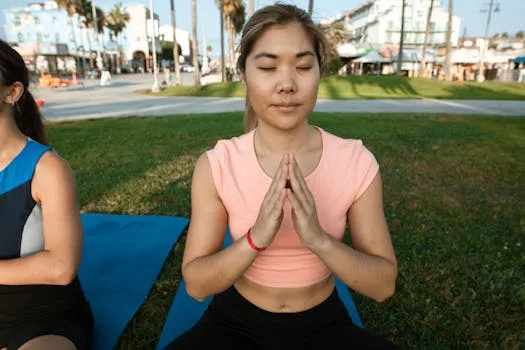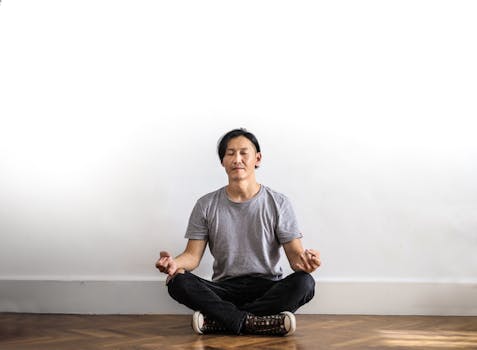
Mastering Mindfulness: Effective Meditation Techniques for Everyday Life
Takeaways: Mindfulness meditation can significantly enhance your mental clarity and emotional resilience. In this article, we explore various techniques such as breath awareness, body scan, and loving-kindness meditation, providing you with practical steps to integrate mindfulness into your daily life.
What is Mindfulness Meditation?

1. Breath Awareness Meditation

- Find a Comfortable Position: Sit or lie down in a quiet space where you won’t be disturbed. Close your eyes if it feels comfortable.
- Focus on Your Breath: Bring your attention to your natural breathing. Notice the sensation of the air entering and leaving your nostrils or the rise and fall of your chest.
- Let Thoughts Come and Go: As thoughts arise, acknowledge them without judgment and gently redirect your focus back to your breath.
- Practice Regularly: Aim for at least 5-10 minutes a day. Gradually increase the duration as you become more comfortable with the practice.
This technique not only calms the mind but also enhances your ability to concentrate and be present.
2. Body Scan Meditation
The body scan meditation is a powerful way to connect with your physical self and release tension. It promotes relaxation and awareness of bodily sensations. Here’s how to practice:
- Begin in a Comfortable Position: Lie down flat on your back with your arms at your sides. Close your eyes and take a few deep breaths.
- Focus on Each Body Part: Start from the top of your head and move down to your toes. Notice any sensations, tension, or discomfort in each area.
- Release Tension: As you focus on each body part, consciously relax it and imagine letting go of any tension.
- Maintain Awareness: If your mind wanders, gently bring your focus back to the body part you were concentrating on.
Regular practice of body scan meditation can help you develop a deeper awareness of your body and its signals, leading to improved physical and mental wellbeing.
3. Loving-Kindness Meditation (Metta)
Loving-kindness meditation, known as Metta, focuses on developing an attitude of love and kindness towards oneself and others. This technique can enhance empathy and reduce negative emotions. Here’s how to practice loving-kindness meditation:
- Find a Quiet Space: Sit comfortably in a quiet place. Close your eyes and take a few deep breaths.
- Generate Kindness Towards Yourself: Silently repeat phrases like, “May I be happy. May I be healthy. May I be safe. May I live with ease.”
- Extend Kindness to Others: Gradually bring to mind loved ones, friends, and even those you have conflicts with, repeating the phrases for them as well.
- Broaden Your Circle: Eventually, extend kindness to all beings, wishing them happiness and peace.
This practice not only fosters personal compassion but also enhances your relationships with others by promoting a sense of connection and understanding.
4. Mindful Walking
Mindful walking is a great way to combine physical movement with mindfulness practice. It’s particularly useful for those who find it challenging to sit still. Here’s how to practice mindful walking:
- Choose Your Path: Find a quiet place where you can walk back and forth, such as a park or a quiet room.
- Walk Slowly: Begin walking at a slower pace than usual. Pay attention to the sensations of your feet touching the ground.
- Focus on Your Surroundings: Notice the sights, sounds, and smells around you. Engage with your environment as you walk.
- Return to the Breath: If your mind wanders, gently return your focus to your breath and the sensations in your feet.
Mindful walking can be a refreshing way to practice mindfulness and can easily be integrated into your daily routine.






